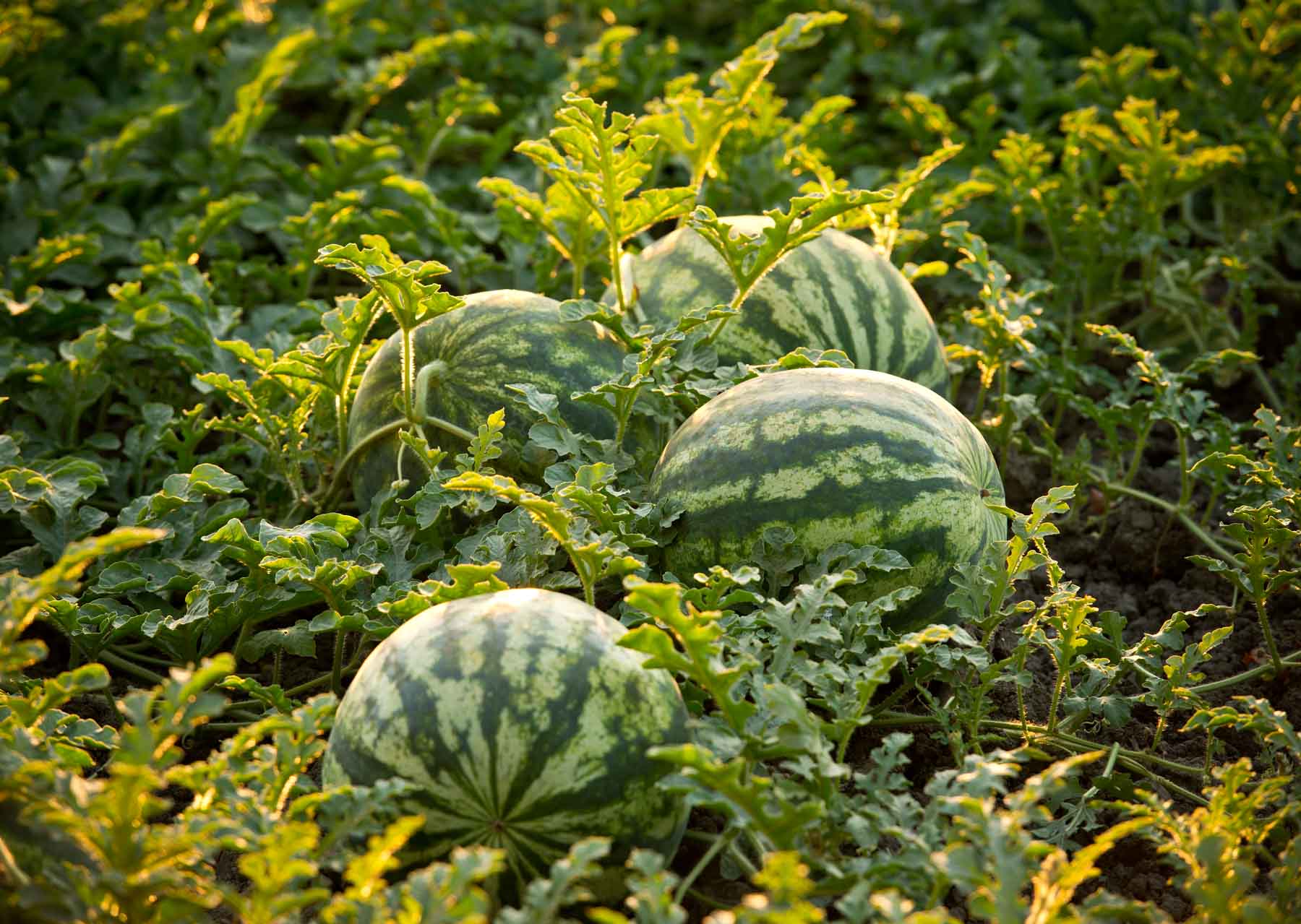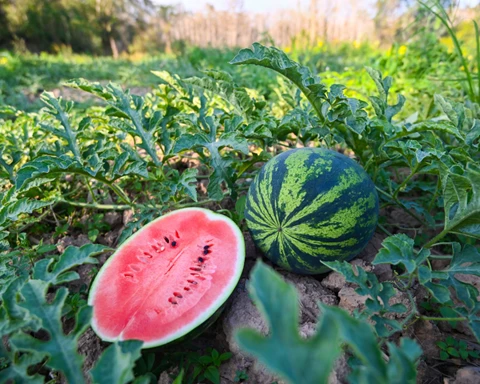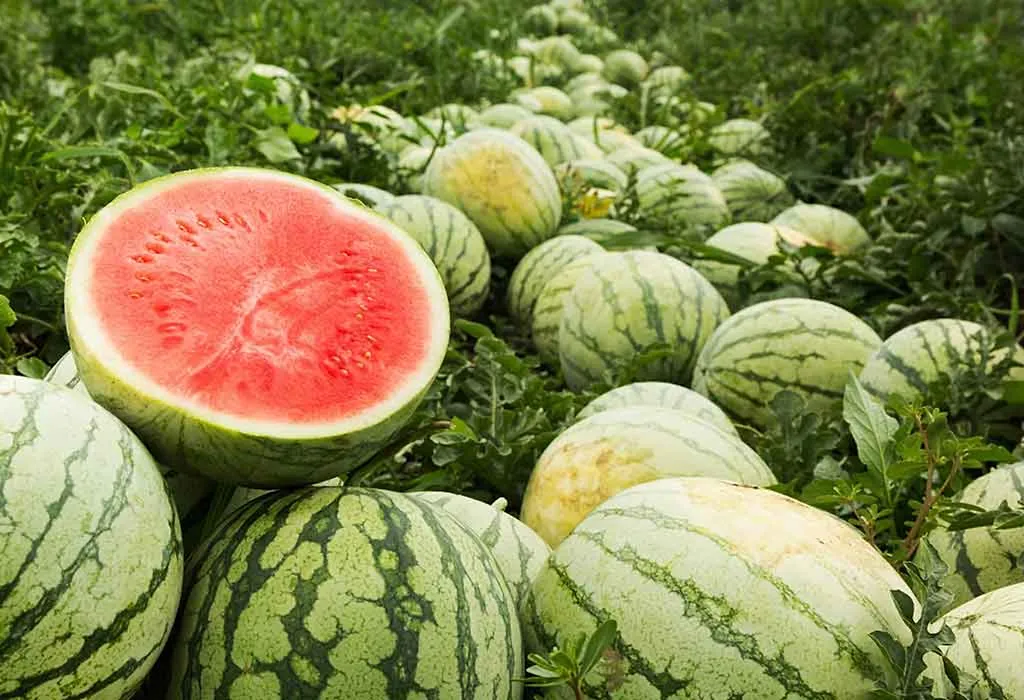
The cultivation of Ruby watermelon seeds, known for their sweet and juicy flesh, requires specific soil types and growing conditions to ensure optimal growth and fruit production. This guide will explore the best practices for growing Ruby watermelons, focusing on soil requirements, environmental conditions, planting techniques, and care.
Understanding Ruby Watermelon
Ruby Watermelon Characteristics
Ruby watermelons are a hybrid variety that produces seedless fruits with a deep red color and crisp texture. These melons typically weigh between 10 to 14 pounds and are favored for their sweetness. They require specific growing conditions to thrive, making it essential for gardeners to understand their needs.
Ideal Soil Conditions
Soil Type
Ruby watermelons thrive in sandy loam soil that is rich in organic matter. This type of soil provides excellent drainage while retaining necessary moisture. The ideal soil composition should include:
- Sandy Loam: Facilitates drainage and aeration.
- Organic Matter: Enhances nutrient availability and moisture retention.
Soil pH
The optimal pH range for growing Ruby watermelons is between 6.0 and 7.5. A slightly acidic to neutral pH promotes healthy root development and nutrient uptake. Soil testing can help determine the current pH level, allowing for necessary amendments.
Soil Preparation
Before planting, it's crucial to prepare the soil adequately. This involves:
- Tilling: Break up compacted soil to improve aeration.
- Adding Organic Matter: Incorporate compost or well-rotted manure to enrich the soil.
- Testing Soil Nutrients: Conduct a soil test to assess nutrient levels and amend accordingly.

Environmental Conditions
Temperature Requirements
Ruby watermelons require warm temperatures for optimal growth. The ideal temperature range is between 70°F (21°C) and 90°F (32°C).
- Soil Temperature: Should be at least 70°F (21°C) before planting.
- Air Temperature: Nighttime temperatures should not drop below 50°F (10°C) as this can hinder growth.
Sunlight Exposure
These melons thrive in full sun, requiring at least 8 to 10 hours of direct sunlight daily. Adequate sunlight is crucial during the flowering stage to promote pollination and fruit development.
Humidity Levels
While Ruby watermelons can tolerate varying humidity levels, maintaining a relative humidity of around 60-80% during flowering is beneficial for fruit setting.
Planting Techniques
When to Plant
The best time to plant Ruby watermelon seeds is after the last frost date in your area. For indoor planting, start seeds about 2-4 weeks before the last frost date.
Planting Depth and Spacing
Seeds should be planted approximately 1 inch (2.5 cm) deep. For optimal growth:
- Spacing Between Plants: Space plants about 36 inches (90 cm) apart.
- Row Spacing: Maintain a distance of 4-6 feet (1.2-1.8 m) between rows.
This spacing allows adequate room for vines to spread and ensures good air circulation, reducing the risk of fungal diseases.

Care and Maintenance
Watering Requirements
Consistent moisture is vital for Ruby watermelons, especially during germination and fruit development stages.
- Watering Schedule: Water deeply once a week, ensuring that the soil remains moist but not waterlogged.
- Mulching: Apply organic mulch around plants to retain moisture, suppress weeds, and regulate soil temperature.
Fertilization
Ruby watermelons are heavy feeders that benefit from regular fertilization:
- Initial Fertilization: Use a balanced fertilizer at planting time.
- Mid-season Boost: Apply additional fertilizer every four to six weeks during the growing season.
Ensure that the fertilizer is high in potassium to promote fruit sweetness.
Pest and Disease Management
Watermelons can be susceptible to various pests such as aphids, cucumber beetles, and spider mites. Implementing integrated pest management strategies can help mitigate these issues:
- Regular Monitoring: Inspect plants regularly for signs of pests or disease.
- Natural Predators: Encourage beneficial insects like ladybugs that prey on harmful pests.
- Organic Treatments: Use neem oil or insecticidal soap as a natural pest control method when necessary.

Harvesting Ruby Watermelons
Ruby watermelons typically reach maturity about 80 days after transplanting. Signs that your melons are ready for harvest include:
- Tendrils Drying Up: The tendril nearest the fruit should be completely dried.
- Color Change: The bottom of the melon should turn from greenish-white to a creamy yellow.
- Sound Test: When tapped, ripe melons produce a hollow sound.
To harvest, use a sharp knife or garden shears to cut the stem cleanly without damaging the fruit.
Growing Ruby watermelon seeds successfully requires careful attention to soil conditions, environmental factors, planting techniques, and ongoing care.
By providing the right conditions—sandy loam soil with proper pH levels, ample sunlight, consistent watering, and appropriate fertilization—gardeners can enjoy bountiful harvests of sweet, juicy Ruby watermelons. With these guidelines in hand, you can create an ideal environment for cultivating one of summer's most beloved fruits.

